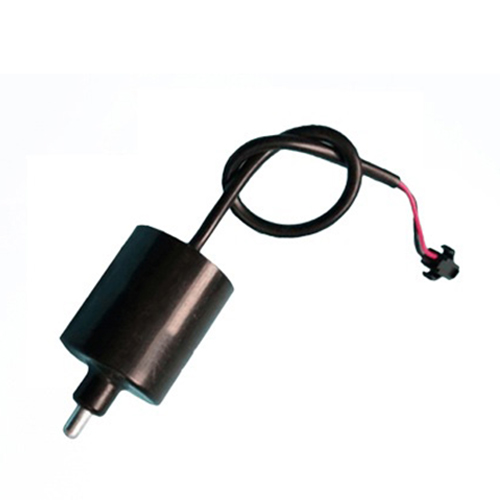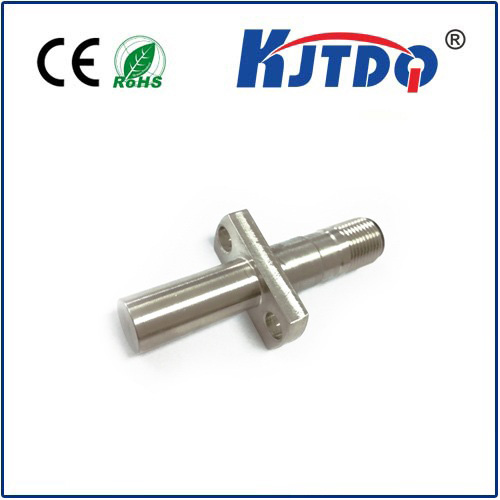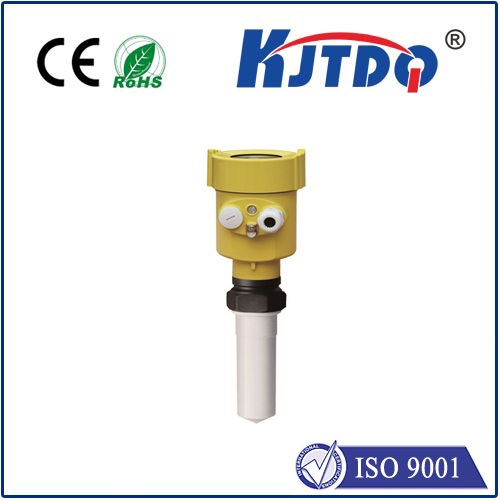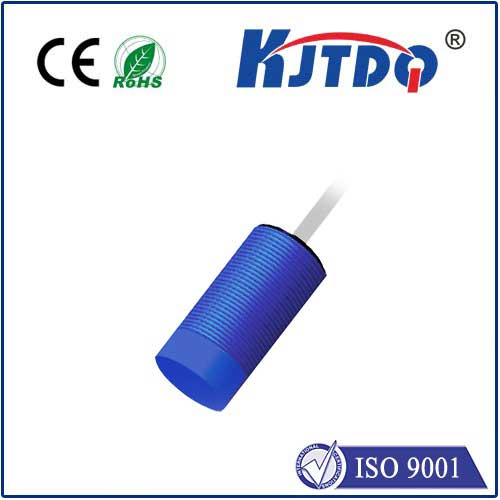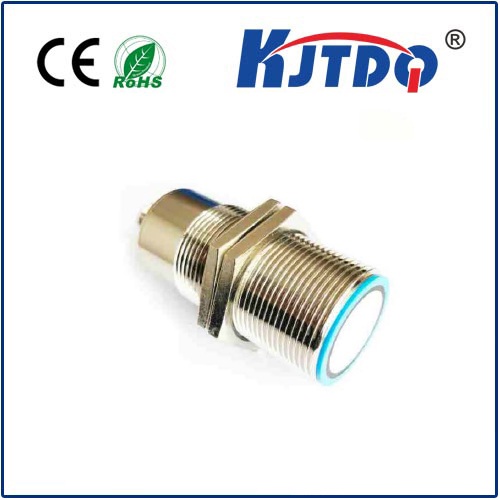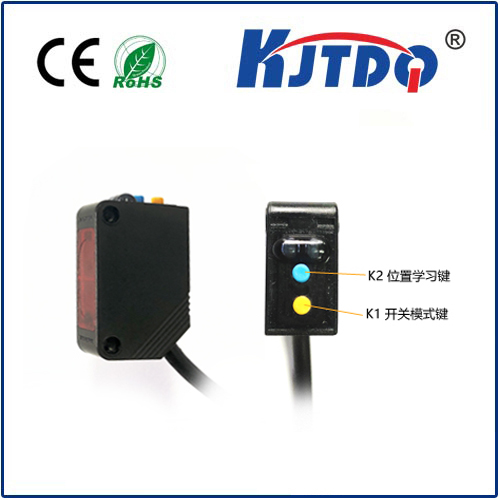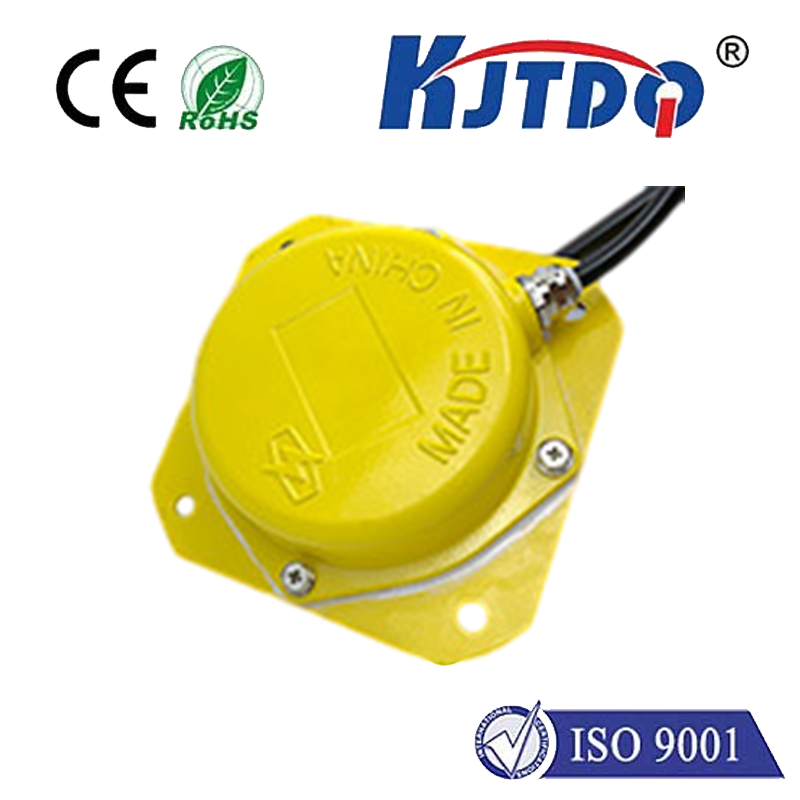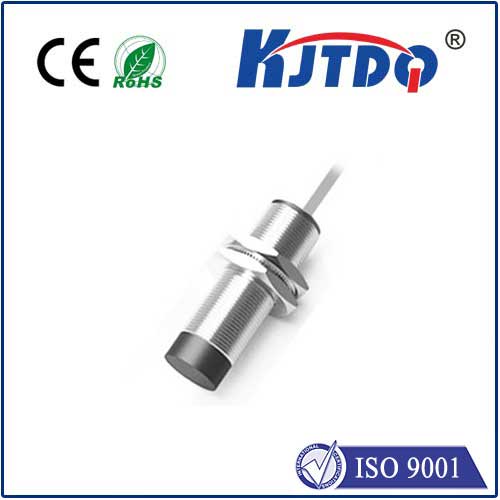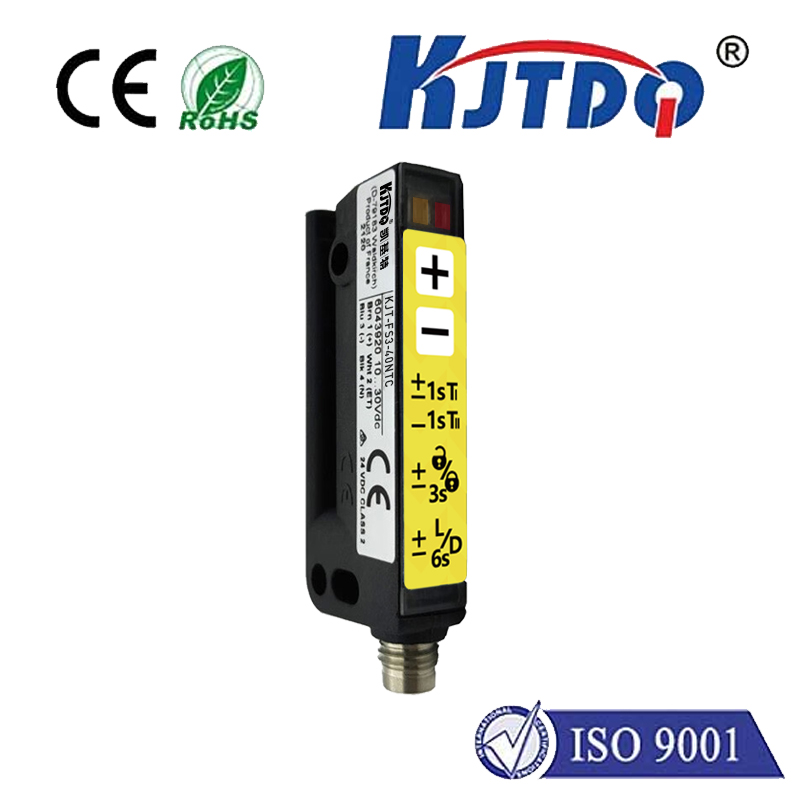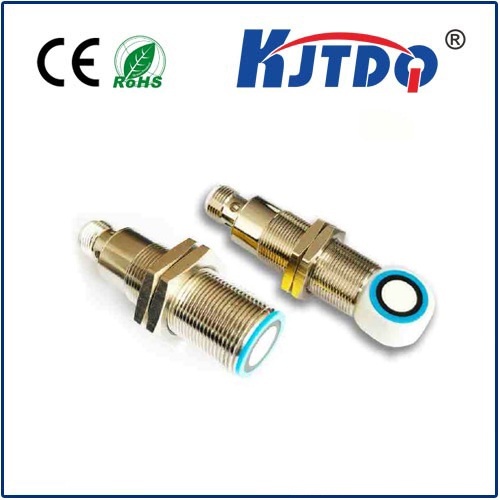pnp proximity sensor output
- time:2025-09-07 03:25:33
- Click:0
Demystifying PNP Proximity Sensor Output: The Complete Guide
In the intricate dance of modern automation, where machines communicate silently and precisely, proximity sensors are the silent sentinels. Among them, sensors with PNP output hold a critical role, acting as the go-between for detection events and the control systems that rely on them. Understanding how PNP proximity sensor output functions is fundamental for anyone involved in designing, installing, maintaining, or troubleshooting industrial and electronic systems. Grasping its operation, wiring, and implications ensures efficient machine performance and avoids costly downtime.
So, what exactly is PNP Output?
PNP refers to the type of transistor used within the sensor’s switching circuit. Specifically, it denotes a PNP bipolar junction transistor configuration acting as the output stage. The key characteristic of a PNP proximity sensor is that it acts as a sourcing device when it detects a target object within its sensing range. This means:
- “Switch Closed” State (Target Present): When the sensor detects its target, the internal PNP transistor activates, effectively closing a switch path between the sensor’s brown wire (typically connected to positive voltage, V+) and its black wire (the output signal line). This allows current to flow from the positive supply, through the sensor’s output transistor, out the black output wire, and into the connected load device.
- “Switch Open” State (No Target): In the absence of a target, the internal PNP transistor deactivates. This opens the switch path between the positive supply (brown wire) and the output wire (black wire). No current can flow out of the sensor’s output terminal in this state. The output line essentially becomes open-circuit or “floating” relative to V+.
Visualizing the Flow: Wiring Up a PNP Sensor

Imagine a simple circuit powering an indicator lamp or connecting to a PLC input module:
- Connect the brown wire to the positive terminal of your DC power supply (e.g., +24V DC).
- Connect the blue wire (common on most 3-wire sensors) to the negative terminal or ground (0V) of your DC power supply.
- Connect the black wire (output) to one terminal of your load device (e.g., the PLC input point, one side of a relay coil, or one terminal of the lamp).
- Connect the other terminal of your load device back to ground (0V), the same point as the sensor’s blue wire.
How PNP Output Works in Action
- No Target: The internal PNP transistor is OFF. No path exists for current flowing out of the black output wire. The load receives no power from the sensor and remains inactive. The voltage measured on the black output wire, relative to ground (0V), will be very low or indeterminate (floating).
- Target Detected: The internal PNP transistor switches ON. It creates an electrical path, essentially connecting the brown wire (+24V) to the black output wire. Current can now flow from the +24V supply, through the activated transistor inside the sensor, out the black wire, through your load device (PLC input, lamp, relay coil), and finally back to the power supply’s ground (0V). The voltage measured on the black output wire, relative to ground, will now be close to the positive supply voltage (e.g., +24V) typically minus a small voltage drop across the transistor (often negligible for logic purposes). This transition from low/no voltage to high voltage signals the detection event.
Key Advantages of PNP Output Sensors
- Intuitive Voltage Signaling: PNP sensors provide a high signal (+V) when active. This aligns naturally with many control systems (like PLCs) that interpret a voltage close to their supply level (+24V) as an “ON” or “TRUE” state. It’s often easier to conceptualize.
- Simpler Grounding: In many control panels and machine setups, the common ground (0V) is readily available at multiple points. Connecting the load back to this common ground is usually straightforward.
- Standard Configuration: PNP sourcing sensors are arguably the more common choice in many regions and industries, making them readily available and familiar to technicians.
Practical Applications: Where PNP Output Shines
PNP proximity sensors are ubiquitous in industrial automation:
- Conveyor Systems: Detecting the presence or absence of boxes, bottles, or parts for counting, positioning, and jam detection. A high output signal tells the PLC an object is present.
- Machine Tools: Monitoring tool positions, workpiece clamping, or safety door closure. The active state high signal confirms critical conditions are met.
- Packaging Machinery: Sensing film edges, product entry into forming tools, or fill levels. The PNP output reliably triggers sealing, cutting, or filling actions.
- Material Handling: Detecting pallet presence at loading stations or confirming robot end-effector grip using inductive or capacitive PNP sensors.
- PLC Input Modules: The majority of standard PLC digital input modules are designed to accept a sourcing (PNP) signal. Connecting a PNP sensor output directly to such an input is typically straightforward: output (black) to the PLC input point, blue to PLC common (0V), brown to +24V (often via the same power supply feeding the PLC).
Important Considerations & Potential Pitfalls
- NPN Confusion: It’s crucial not to mix PNP and NPN concepts. NPN sensors are sinking sensors; they provide a path to ground when active, meaning they output a low signal (close to 0V). Connecting an NPN sensor where a PNP output is expected (or vice-versa) will result in malfunction. Always verify the sensor datasheet – PNP or NPN will be clearly stated.
- Load Compatibility: Ensure the load device (relay, PLC input, lamp) is compatible with the sensor’s output specifications (voltage, current). Exceeding the maximum current the PNP transistor can handle will damage the sensor.
- Inductive Loads: Driving inductive loads like relay coils directly can cause voltage spikes when the sensor output switches off. Using a flyback diode across the inductive load is often necessary to protect the sensor’s internal transistor.
- Normally Open (NO) vs. Normally Closed (NC): Like any switch, proximity sensors come in *NO and *NC configurations. A normally open PNP sensor provides a high output (+V) only when a target is detected. A normally closed PNP sensor provides a high output (+V) when no target is present, and switches OFF (0V or floating) when a target is detected. Confirm the required logic in your application. The vast majority are NO.
In essence, the PNP proximity sensor output provides a clear, sourcing signal: bringing the output line “high” to the positive supply voltage when detection occurs. Its design simplifies integration with common control elements












